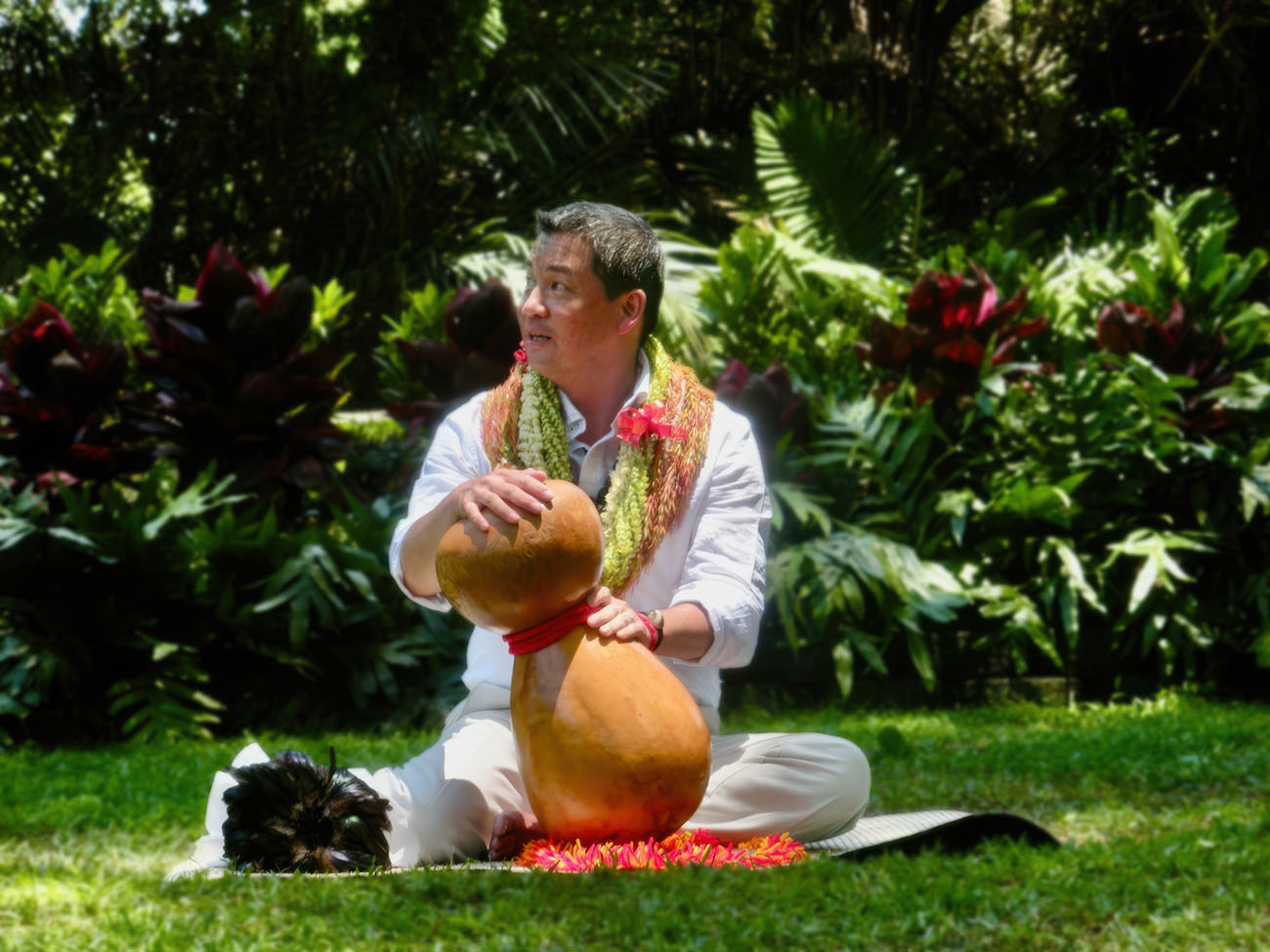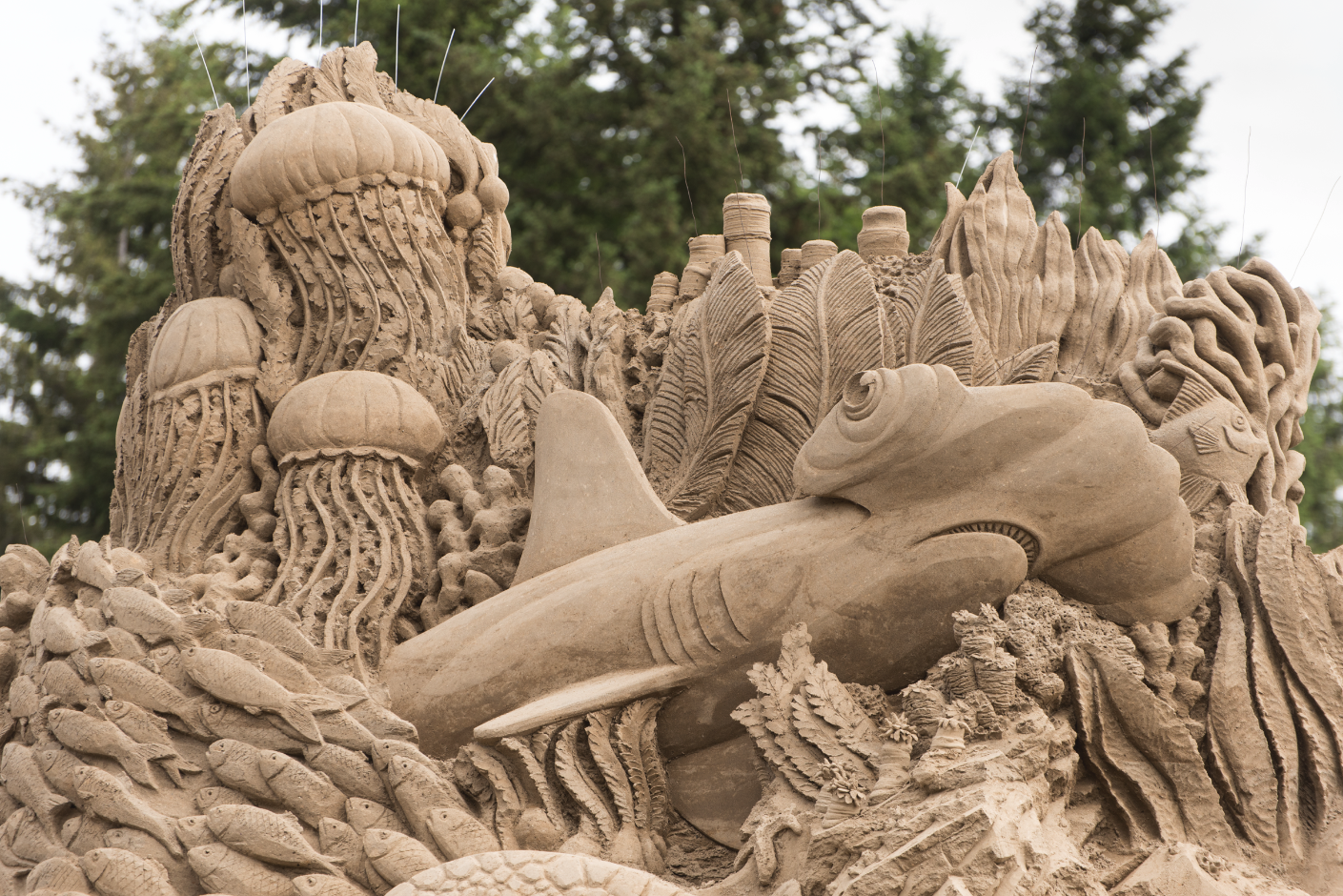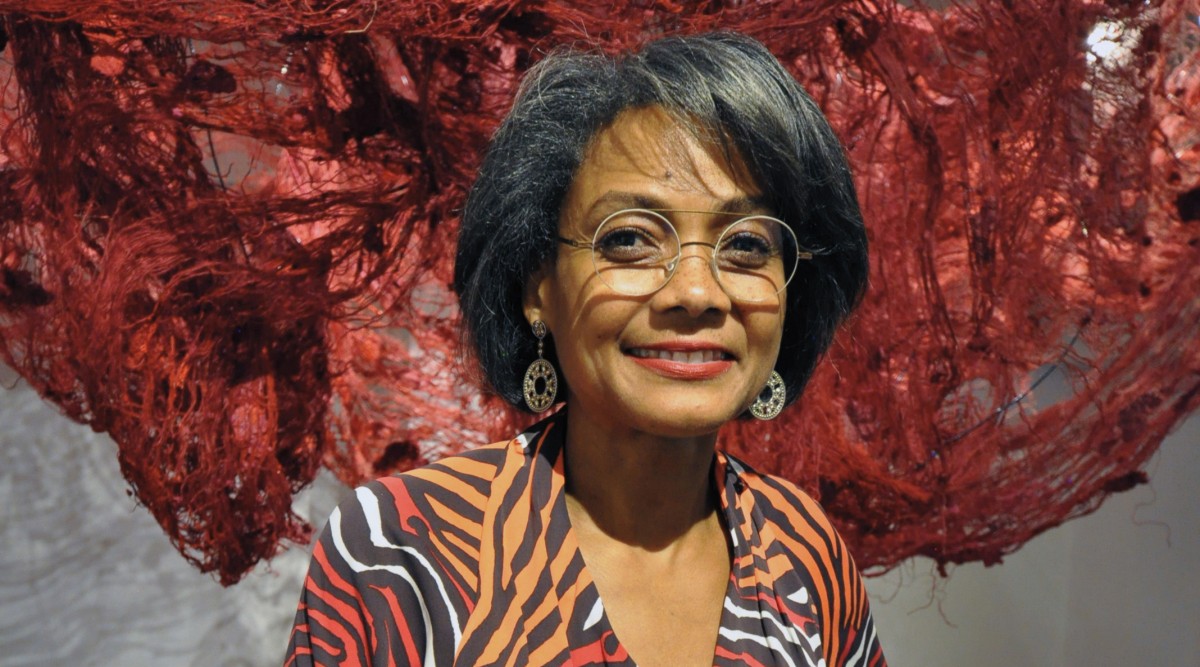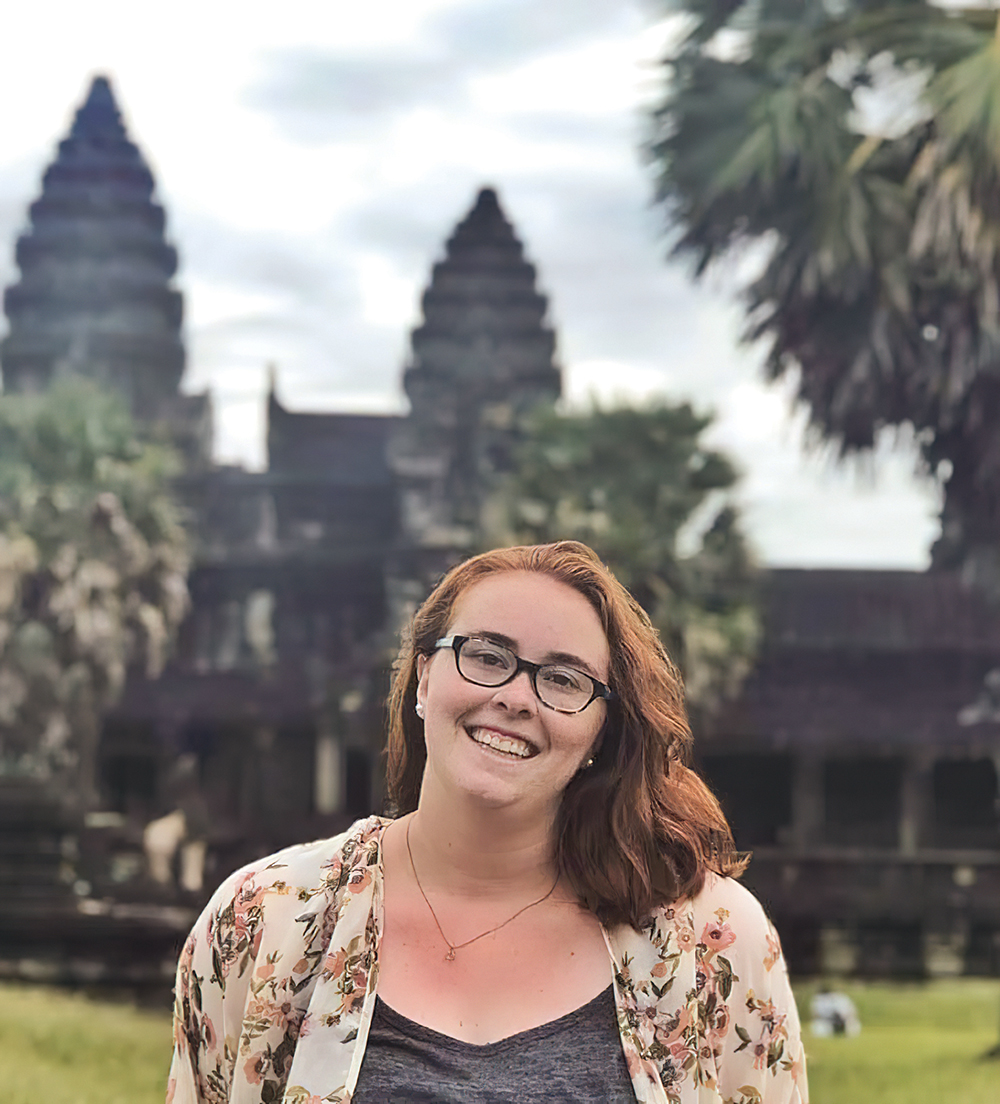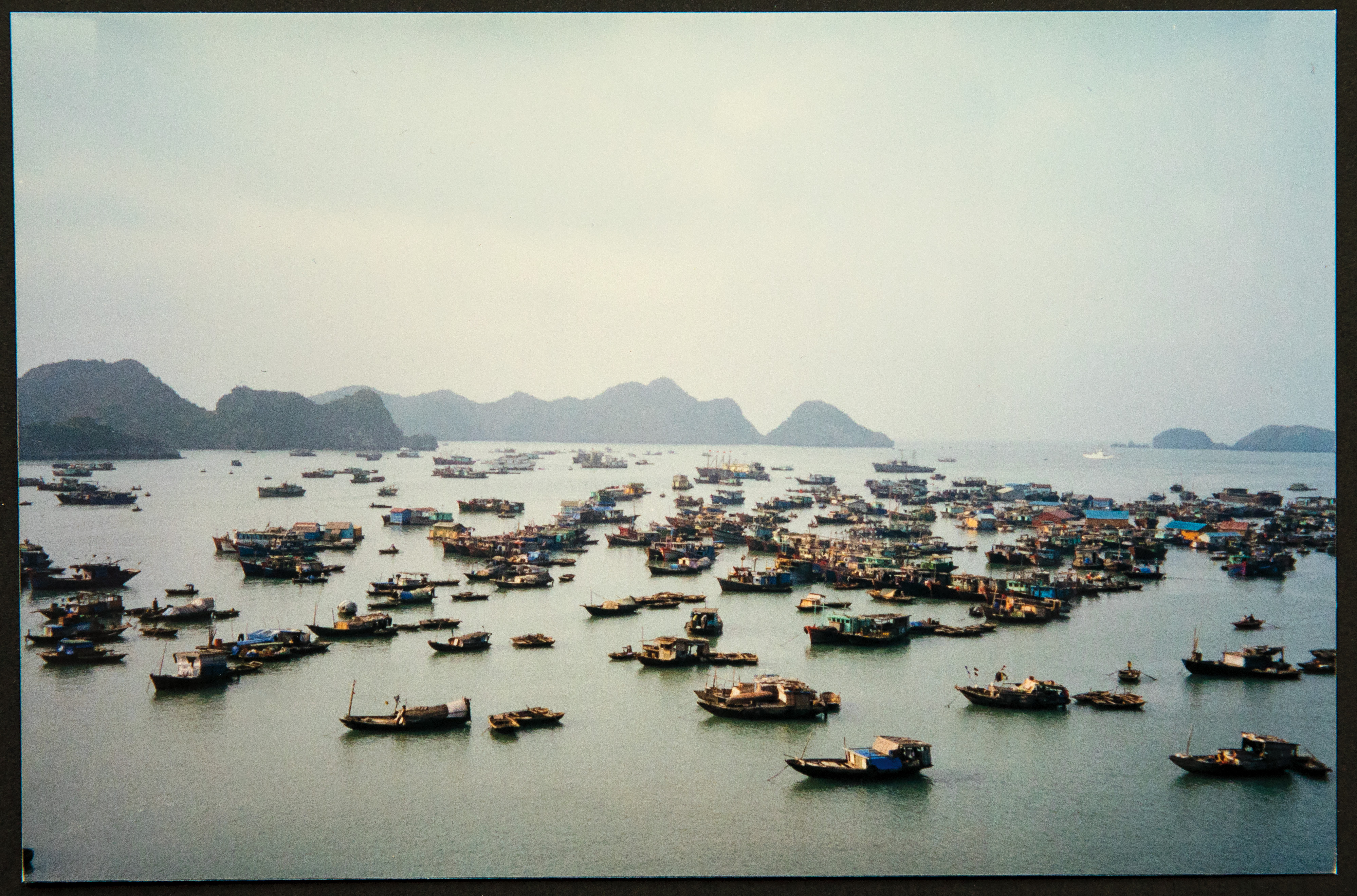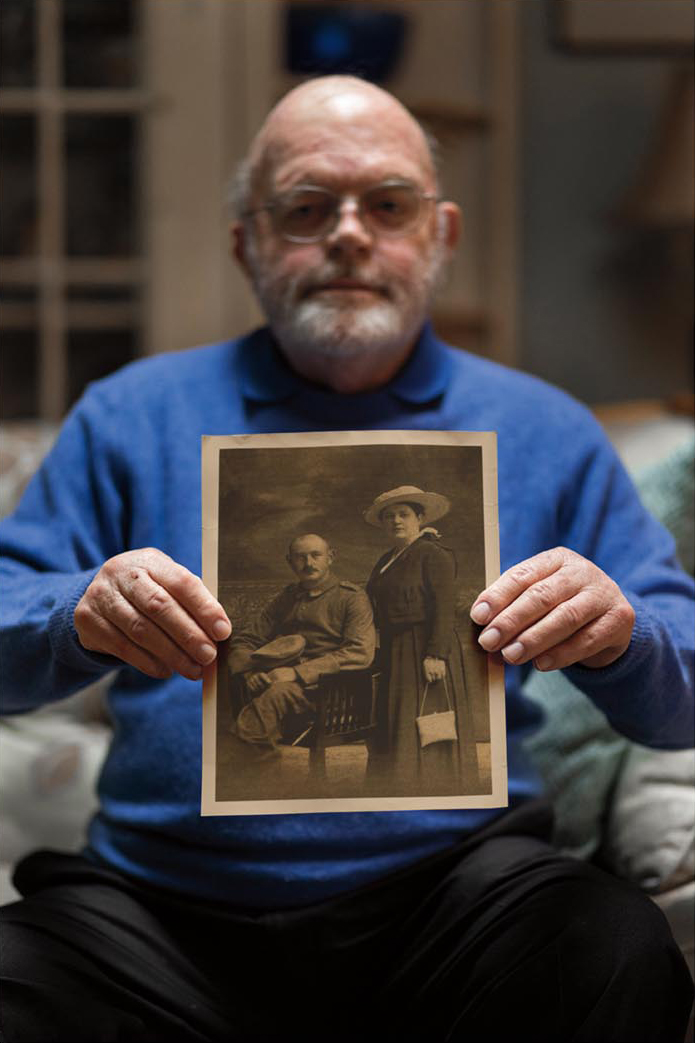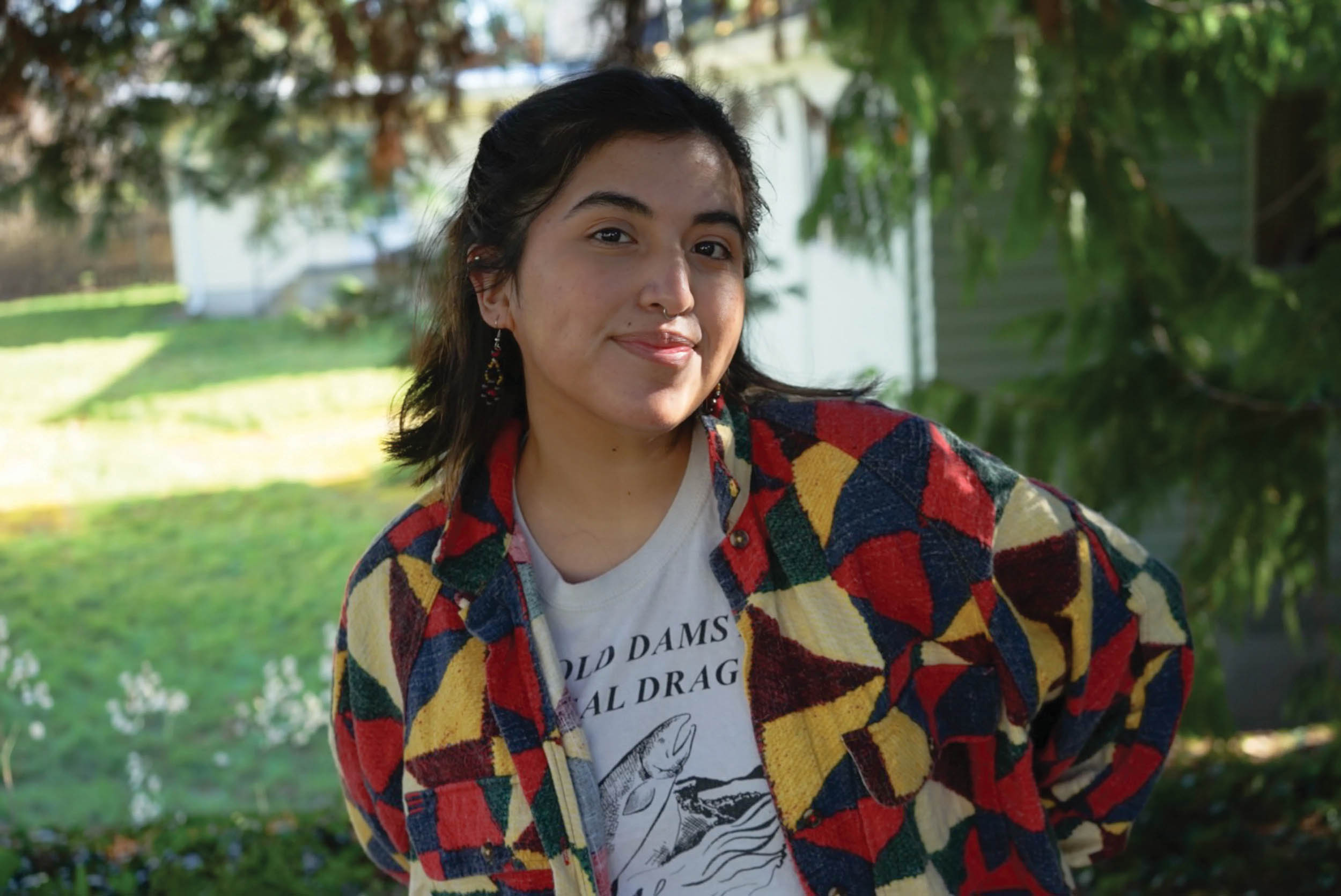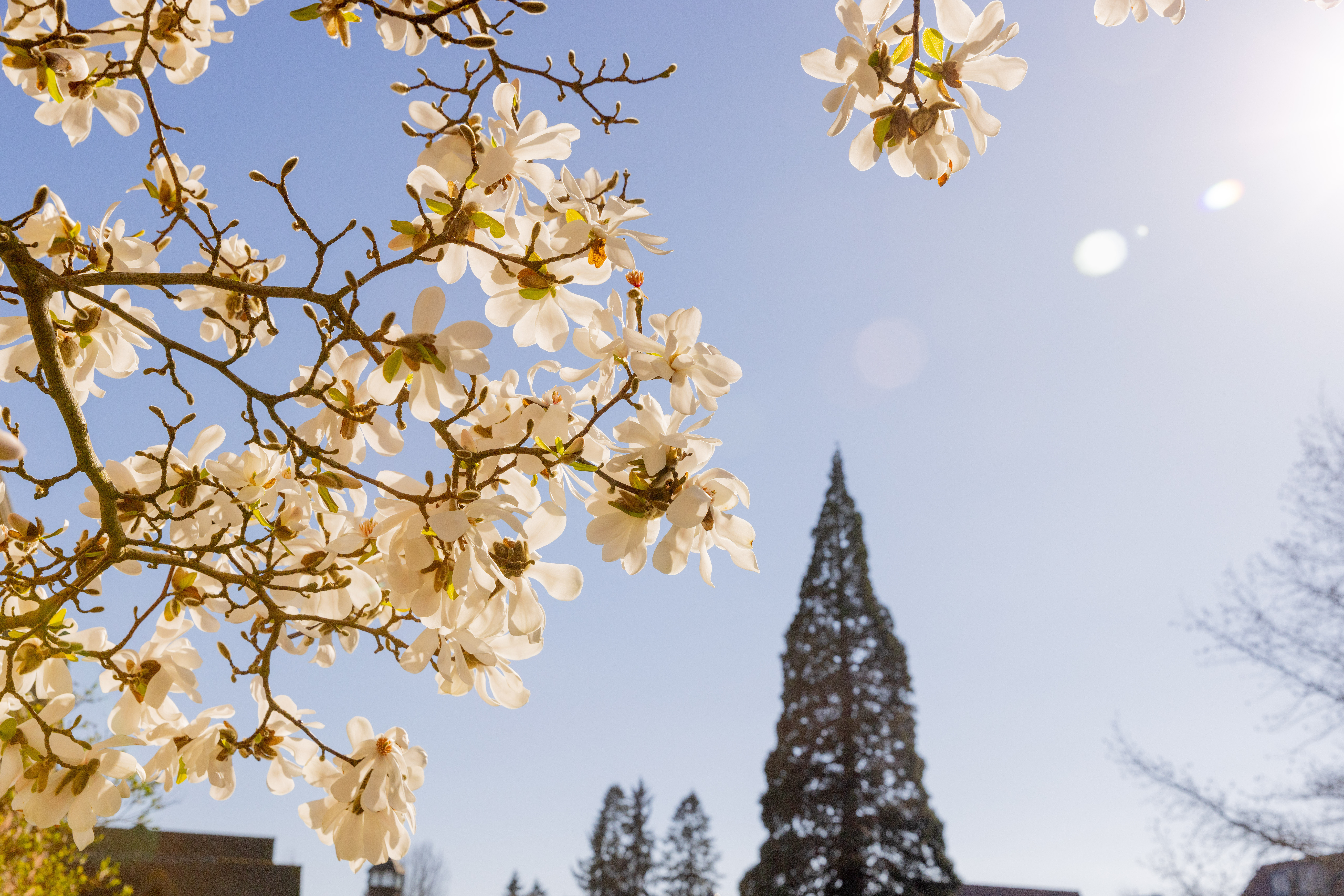Michael Pili Pang ’84 preserves the indigenous art form of hula by teaching it to others.
As a kumu hula, or master teacher of hula, Michael Pili Pang ’84 firmly believes in the concept of huliau: to look back in order to move forward. “Hula is an indigenous art form, but it is not something that is to be kept on a shelf,” he says. “It evolves.”
Over the past 36 years, more than 500 students ages 4 to 95 have studied at Pili Pang’s school, Hālau Hula Ka No`eau, which started on the Big Island and opened in Honolulu in 2002. His dancers have performed in Taiwan, Japan, Canada, and across the mainland U.S., as well as at festivals throughout the Hawaiian Islands.
Pili Pang started studying hula when he was 7 and advanced under the mentorship of Ma`iki Aiu Lake (“Aunti Ma`iki”), considered one of the most important hula teachers of the 20th century. He adopted her style of hula ku`i, meaning to sew or piece together. It reflects a style popular during the 1800s but uses simpler, more contemporary movements.
“Our dancers stand very tall and use simpler body movement and facial expressions rather than hand motions, to suggest the content of the poetry without completely explaining it,” he says. “The feelings that you express in the dance are the most important.”
